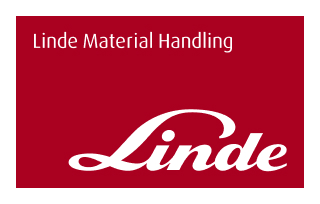- Blog
- Technical


Driving a forklift is not just about getting in and going. It needs proper training, careful attention, and strict safety rules. It is important to know how to do pre-operational checks. This applies to both experienced operators and those new to the job.
You also need to safely move and maintain the forklift. Let’s break down the key steps to operating a forklift safely.
Before starting up a forklift, a thorough pre-operational inspection is essential. This ensures that the machine is in good working order and prevents potential hazards.
*Pre-operational inspection requirements vary between models and manufacturers. The information below serves as a general guide only.
Before operating a forklift, it’s important to carry out a visual and functional inspection. Start by checking the tyres for any damage or signs of low pressure. Inspect the forks carefully for cracks, bends, or other signs of wear. Make sure all the safety features, including horns and lights, are working properly. Look around the hydraulic system for any visible leaks. It’s also essential to test the brakes, steering, and operational controls to ensure they’re responsive. Lastly, confirm that the operator restraint system is in good condition.
Once your forklift has passed the pre-operational checks, it’s time to operate it safely.
Proper load handling is critical for maintaining balance and avoiding tip-overs.
Regular maintenance ensures forklifts remain in safe working condition. If inspectors find a forklift unsafe during inspection or operation, they should remove it from service immediately.
In Australia, operating a forklift without the appropriate high-risk work licence is illegal. Ensure you have the required certification before use.
Always wear the required personal protective equipment (PPE), including high-visibility clothing, steel-toe boots, and a hard hat.
A quick daily inspection can prevent serious mechanical failures and accidents.
Speed limits exist for a reason—staying within them reduces the risk of accidents, especially in busy workplaces.
Even experienced operators can make mistakes. Stay alert, follow procedures, and never take shortcuts when it comes to safety.
By following these guidelines, you’ll help create a safer workplace for yourself and those around you. Always prioritise safety and operate your forklift with care.
Looking for forklifts that suit your application? View our product range in the link below.
VIEW OUR FORKLIFTS